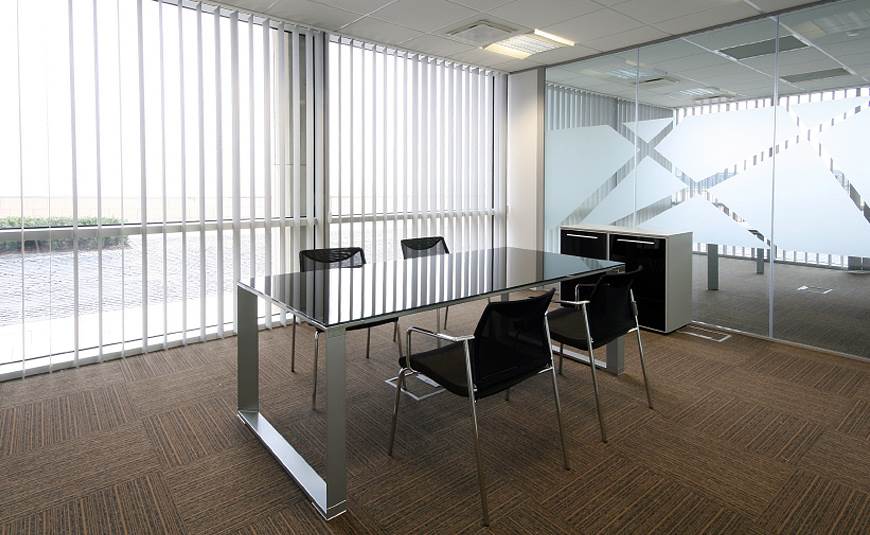Are Horizontal or Vertical Blinds Better for You?
Strictly speaking from a window-covering point of view, both horizontal and vertical blinds will do the job admirably so you can pick one or the other and be done with it. But who are we kidding? It’s in our nature to tweak the environment to our liking. If there’s any way to optimise our surroundings, we’d be there sure as dust on blinds to seize it. So although blinds will cover windows just as well one direction or another, there are functional differences between horizontal and vertical blinds worth considering that will better suit your situation.
Here’s a comparison of them based on their features:
Window sizes
Horizontal blinds are best used for tall and narrow windows, whereas wide windows are better covered by vertical blinds. The larger the window though, the more vertical blinds become the ideal option because horizontal blinds will start to be too heavy and cumbersome since they use a pulley system to operate (although you can also consider automatic blinds if they do become too heavy). This means that vertical blinds are often better suited in commercial offices with large windows.
Durability
In the long run, horizontal blinds are more durable than vertical ones simply because of the fact that they don’t reach as far down to the floor, which increases the risk of them getting caught on something. Vertical blinds are also more fragile because of the way they open and close. They’re operated by retracting sideways on a wheeled sliding track along the top; however, all of the individual panels have to be completely free of obstruction and perfectly tilted perpendicular to the window before the whole system can be pulled to the side – if even one of the panels are slightly off, the wheels on the sliding track will catch and break if you keep forcing it. This problem can be mitigated though with motorized blinds, which take care of keeping the individual panels at right angles and maintaining a smooth consistent retraction speed (you should still keep the window area free of obstructions, of course).
Convenience
One of the trickiest windows to cover are those on patio doors. Vertical blinds usually come out on top in this regard because they can be pulled all the way to one side to allow easy in-and-out access through the patio doors. You can get away with double horizontal blinds and pull them up on the door opening side, but it’s still a pain and potentially hazardous to negotiate through the entrance. If you have French doors to your patio though, horizontal blinds may work as long as they’re installed to the top of the window frame on the door itself; that way, you can go through the doors with ease even with the blinds closed.
Design and comfort
There’s no denying that horizontal blinds have a much wider selection of colours and styles you can choose from. On top of that, vertical blinds tend to get annoying very quickly every time a breeze comes through the open windows to turn the hanging panels into rhythmless castanets. Having said that, there is one redeeming design quality with vertical blinds: they’re a good consideration for rooms with small windows because their height makes windows seem bigger.
Maintenance
You don’t have to clean vertical blinds as often because the dust build-up is not as obvious, unlike horizontal blinds with all those flat surfaces for dust to pile up on. Even when it comes time to clean vertical blinds, it can easily be done with a feather duster; if worst comes to worse, you can take off each individual panel for a more thorough cleaning. With horizontal blinds, on the other hand, you’ll need a special cleaning hack to do it.
Light control
If you’re looking to achieve total blackout as closely as possible, horizontal blinds are your best bet – especially blackout blinds. It’s very difficult to do so with vertical blinds since the slightest movement passing by will sway individual panels and cause gaps. Vertical blinds are more at home in settings like a commercial office, where the ability to filter light is necessary but not the need for total blackout.
So you see, blinds are more than just window dressing – there’s more to them than meets the eye. Are you #TeamHorizontal or #TeamVertical ?

